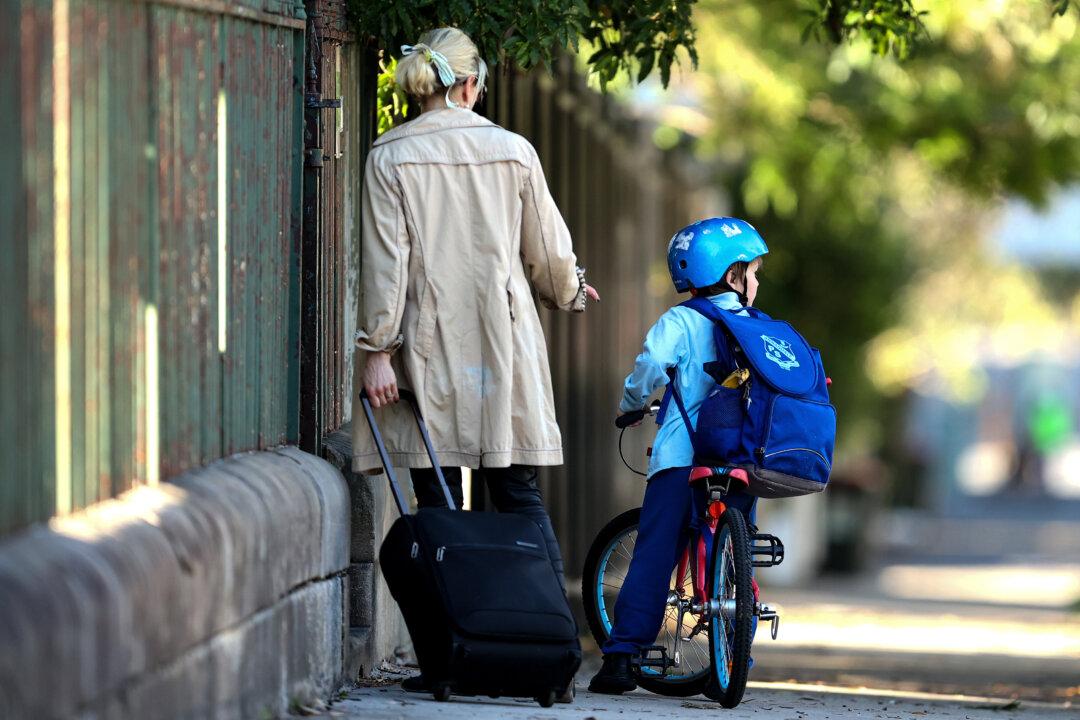The New South Wales (NSW) government will build 100 new public preschools in the next three years to improve access to early childhood education for parents in the state.
On Feb. 19, the state Labor government announced the locations of 100 new public preschools in what it called the “biggest expansion” of the sector in NSW’s history.





